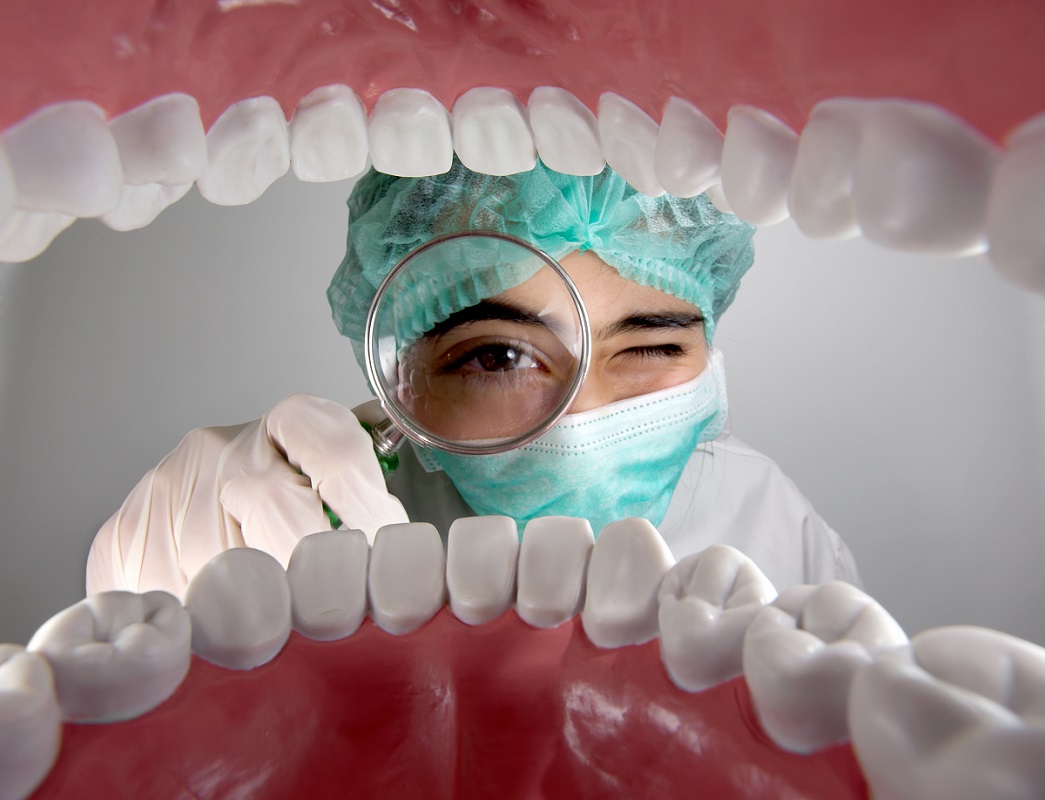Why get misalignments treated? Some people think correcting any dental misalignment is just a vanity project. Or simply unnecessary. This shows a misunderstanding of the value of correctly aligned teeth, which in fairness is not immediately obvious. So, this article looks into some of the consequences of not correcting a misalignment, and the role of Invisalign London.
Temporomandibular joint disorder
This is a cluster of symptoms, formed by repeatedly overstressing the joint that connects the lower jaw to the upper jaw. The jaw, in comparison to other joints in the body, is considered as a simple hinge. But this joint has a surprisingly great range of motion considering it is only a simple sliding joint. Without the structural support like the ball and socket of a hip joint, it still manages to move up and down, sideways, forward and backwards. This is achieved by a lot of interconnected tissue tendons and a complex set of paired muscles.
While living with a misalignment, your body will attempt to compensate for it by holding your jaw at a slightly different angle. Or altering the pressure that is placed on the inside of your mouth as you eat. This has no immediate side effects and has often been done completely unconsciously. But it applies additional stress on the joint that over many years or decades, aggravates into a repetitive strain injury. Unfortunately some symptoms of temporomandibular joint disorder are not obviously connected to dental misalignment. They can include fatigue, headaches, waking with a sore jaw, night-time grinding, a tension that creeps up the side of the face or down the neck and persistent migraines.
Much like carpal tunnel syndrome, it can take quite some time for diagnosis and without intervention symptoms get worse over time. They can eventually become disabling, robbing you of sleep and leaving you incapable of focusing on work.
Cavity reduction
Misaligned teeth are difficult to brush and maintain. The way that they often overlap in a crowded dental arch prevents toothpaste from covering the whole tooth. Without exposing the delicate wedges of gum tissue, this can make them difficult to clean and can put you at higher risk of gum disease or hidden cavities. These are the cavities that form on the dental crevices that cannot be reached with a standard brush and can only be cleaned using floss. If you suspect that you have one of these cavities, you may not be able to spot it in a mirror. And your dentist will only be able to see it with an X-ray.
Lisping and speech patterns
The way teeth affect speech patterns is probably most obvious in young children who have lost some of their milk teeth and maybe only have one or two adult teeth mismatched as well. The gaps in their smile can lead to a charming whistle. That whistling charm wears off very quickly; adults with a whistle to their speech pattern are often looked down upon. Once that gap is closed and crowded teeth spread out, changes in speech patterns are not uncommon.
Getting treatment

There are many treatment options available in London. Dental clinics that do not require the bulky and awkward traditional metal braces of the past, clear aligners for instance, give options for patients to correct misalignment, mostly online with limited interaction involving a clinic.




